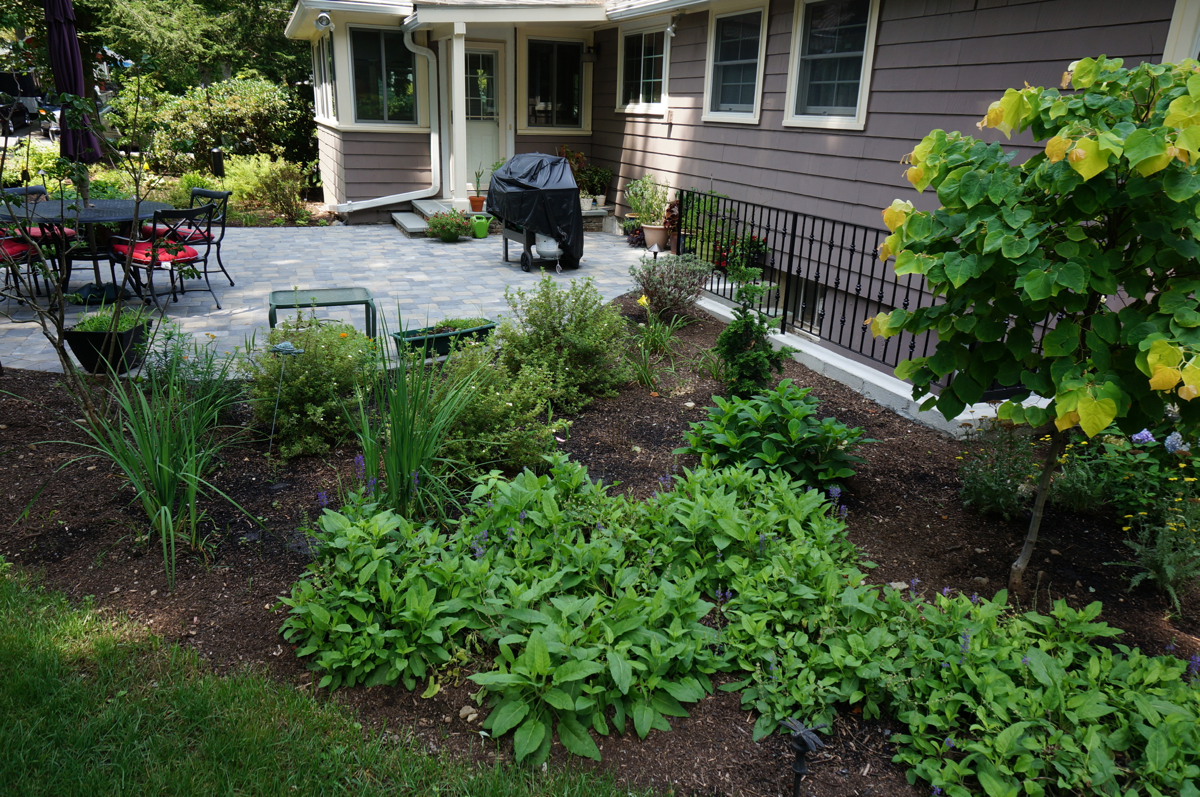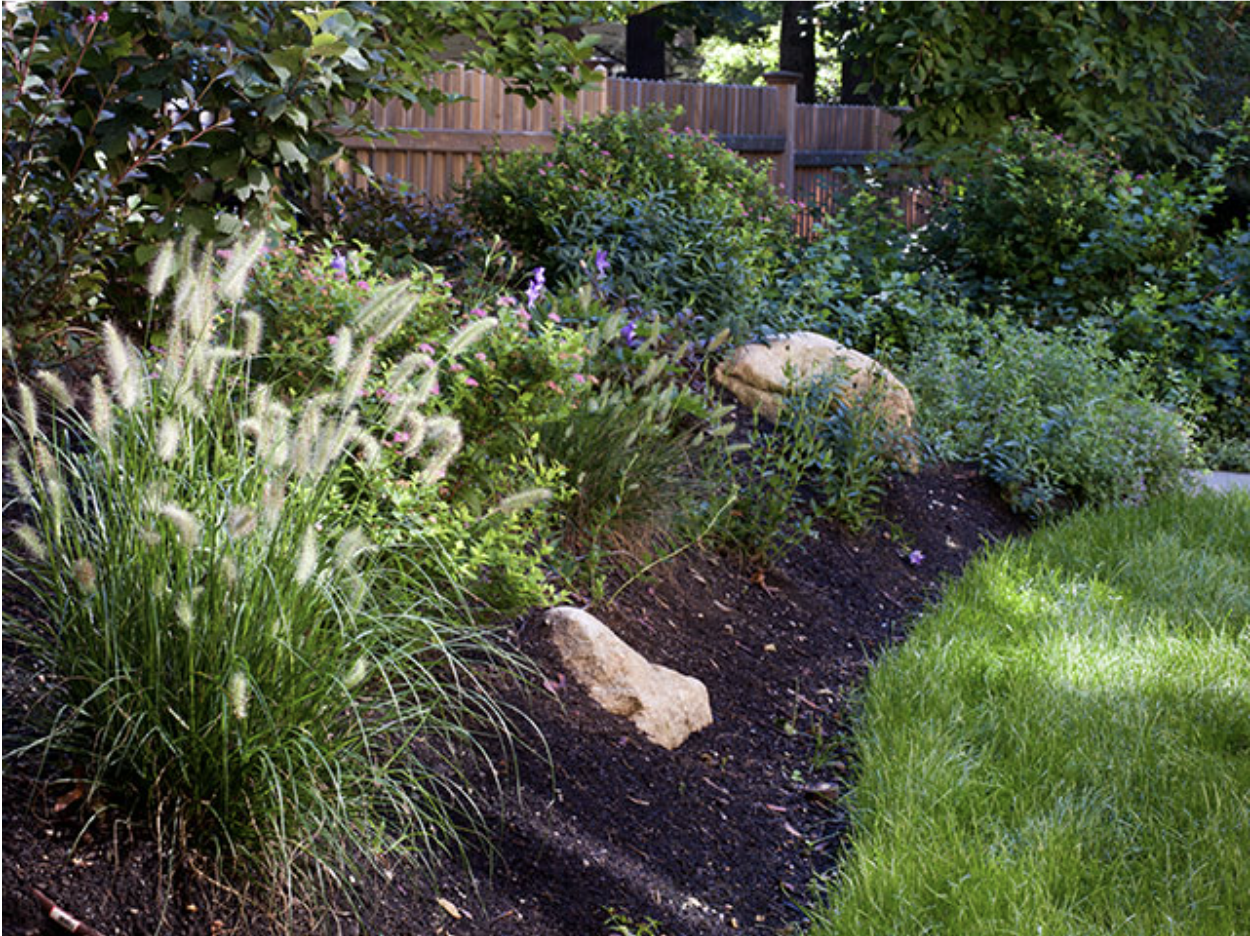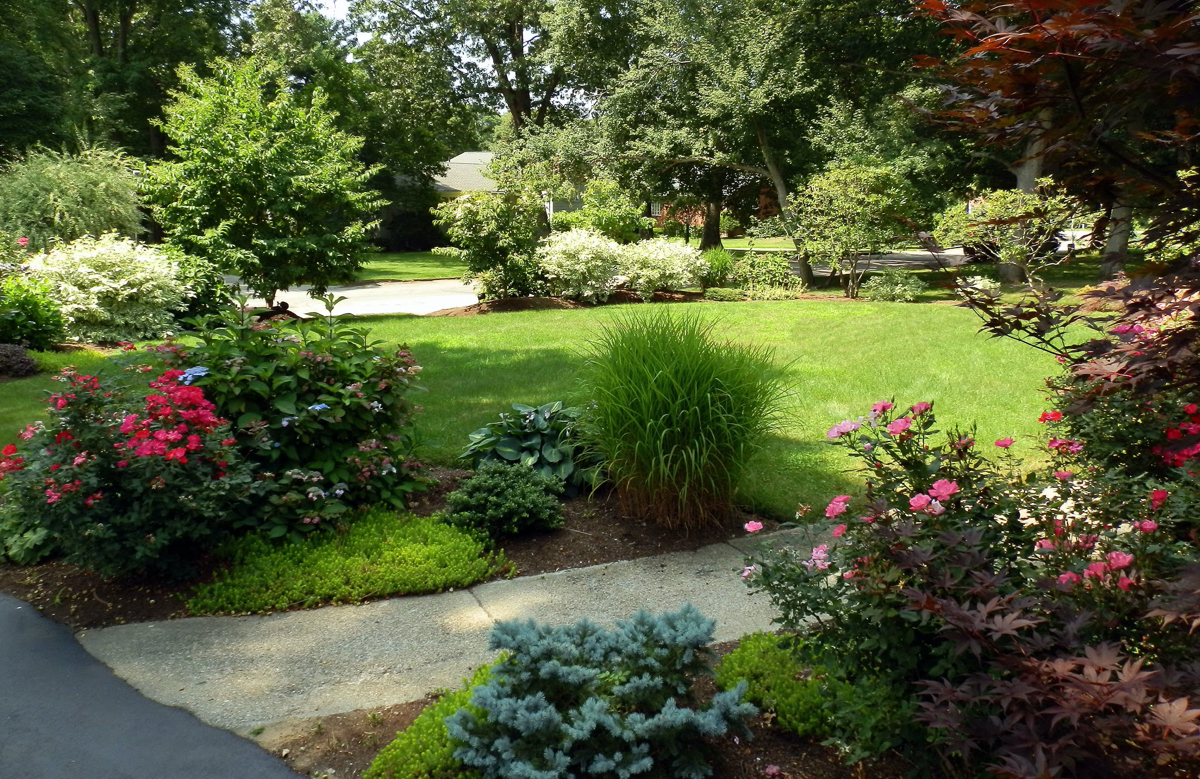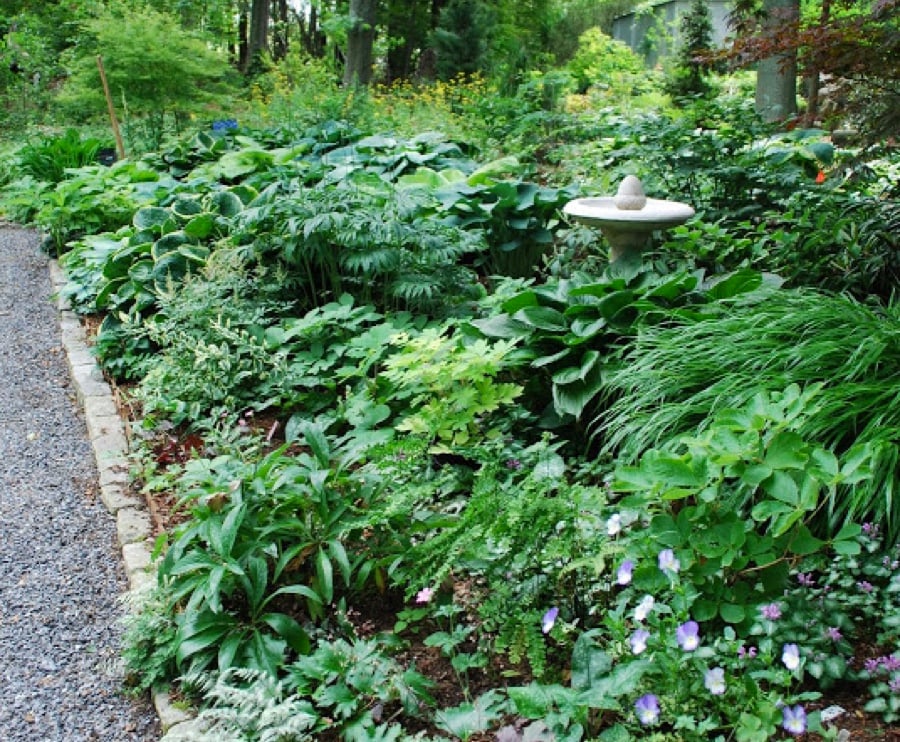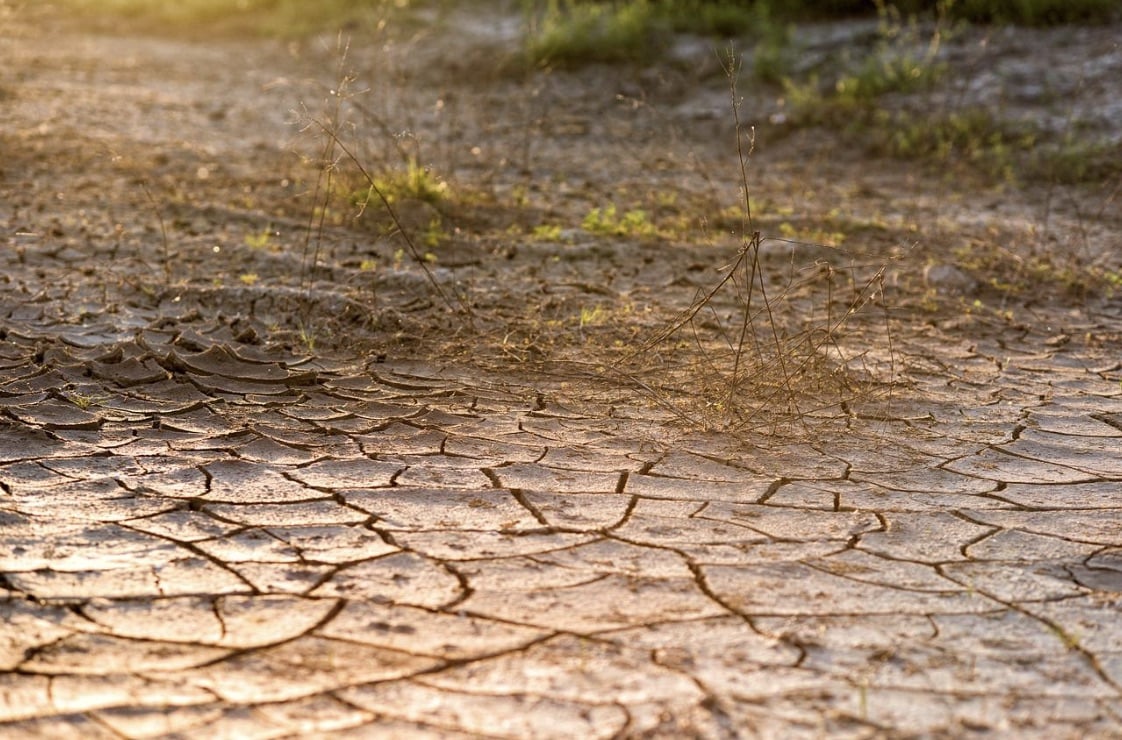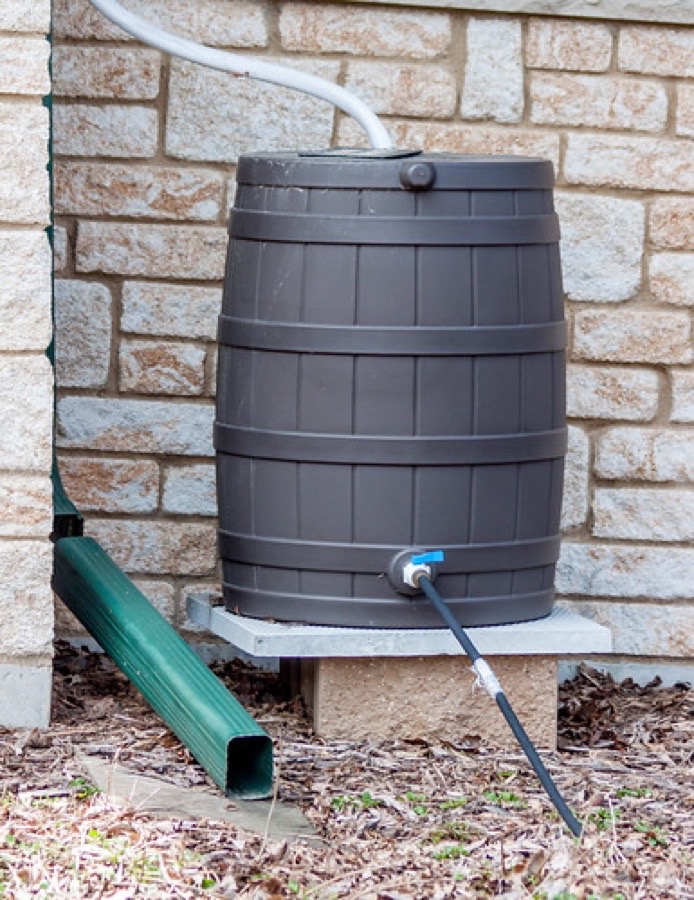- Services
- Portfolio
- About
- Careers
- Contact
- Blog
- Resources
- 8 Essential Elements of a Spectacular Outdoor Living Space
- How to Maintain Your Landscape and Transform It Into a Beauty You’ll Love
- 10 Common Gardening Mistakes that Hurt the Environment
- 13 Insider Tips to Creating a Beautiful Contemplation Garden
- Questions to Think About Before a Landscape Consultation

